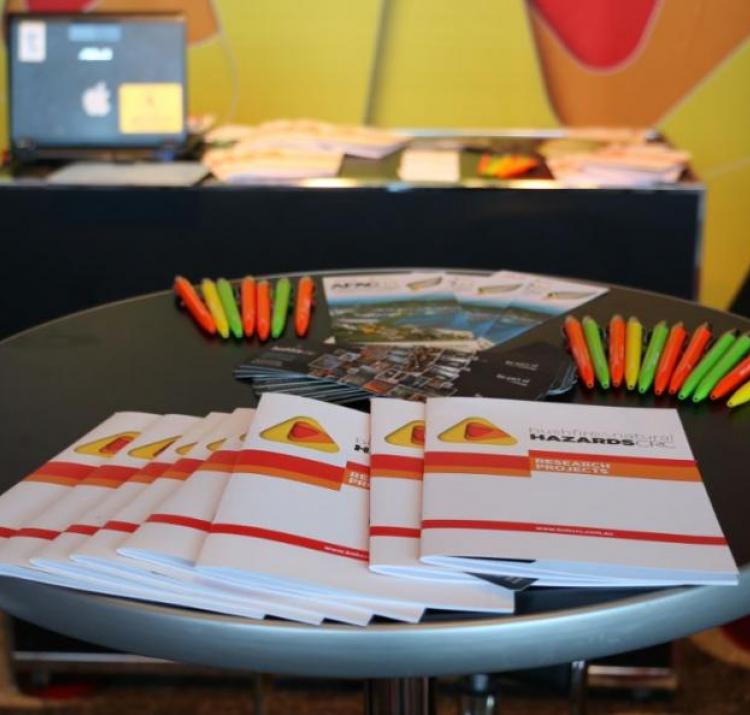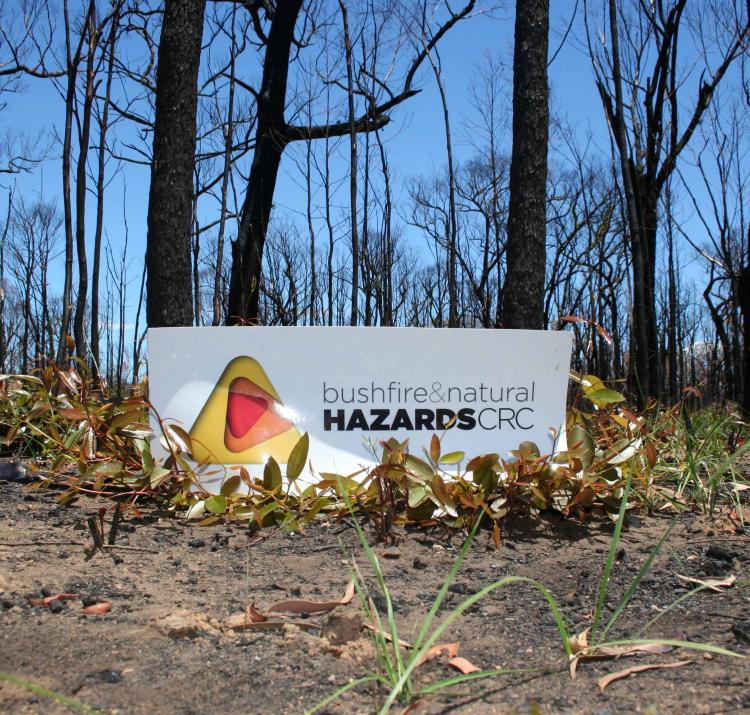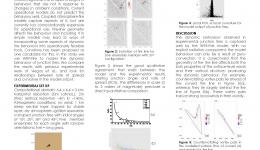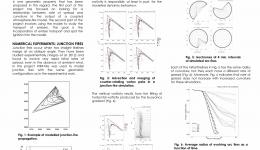Student researcher
This research revolved around the numerical models which allow for two-way interaction between a bushfire and the surrounding atmosphere, which is an essential tool in understanding the dynamic behaviour of fire. These models permit a more detailed appreciation of the physical processes underlying extreme bushfire development, however, there remain shortcomings with the technology. This research evaluated current modelling methodologies, particularly pertaining to spot fire development, quantifying the separate effects of radiation and convection, and delivering a dataset of coupled fire-atmosphere simulations of fundamental burning scenarios for comparison with experimental data.
This project was completed in October 2019.
| Year | Type | Citation |
|---|---|---|
| 2019 | Thesis | Investigation of spotting and intrinsic fire dynamics using a coupled atmosphere-fire modelling framework. Science Doctor of Philosophy, (2019). |
| 2017 | Journal Article | Modelling the dynamic behaviour of junction fires with a coupled fire-atmosphere model. International Journal of Wildland Fire 26, 331-344 (2017). |








